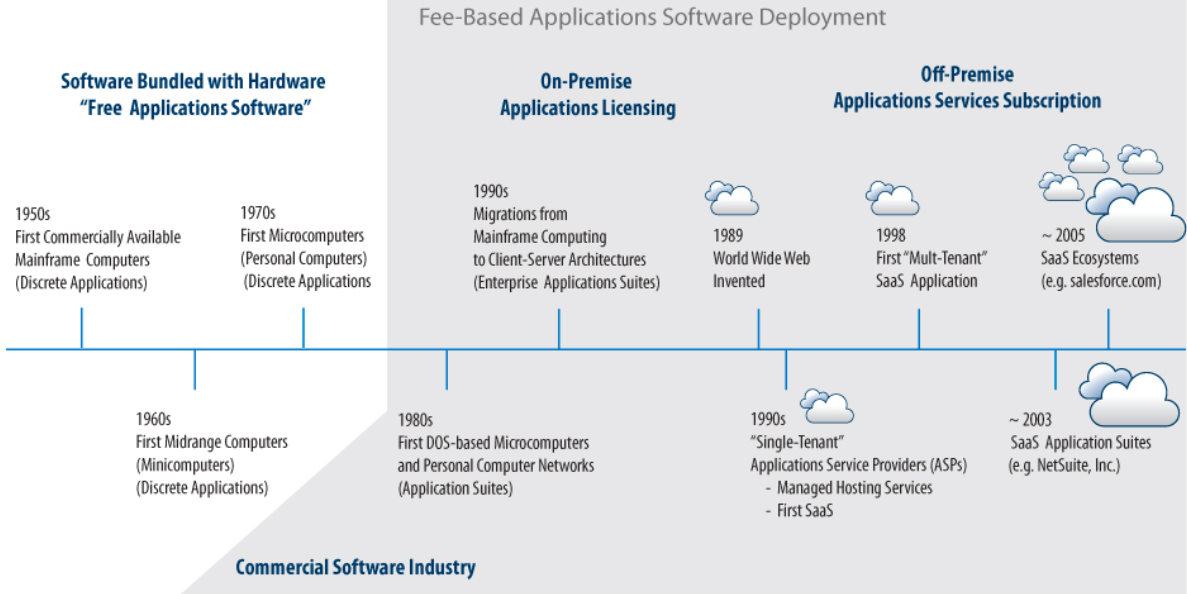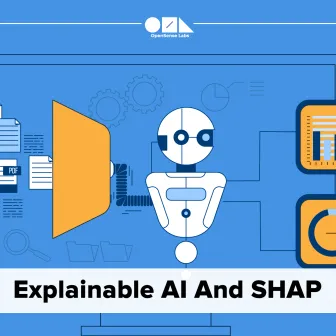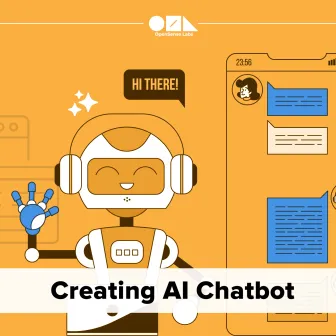Girish Mathrubootham launched his startup Freshdesk, a software-as-a-service (SaaS) venture, with Shan Krishnasamy in a small conference room of his friend’s office. Its staggering growth in a short span of time coerced them to move to a suburb and convert a warehouse into an office. Subsequently, they went on to have a proper office. With a humongous rise in stature, they had to literally break the walls to expand its workplace. ‘Breaking the walls’ represents the swift growth of this SaaS-based firm.

Such is the significance of the SaaS model that it can enable the enterprises to emphasise on business outcomes rather than working around technical limitations. SaaS clients relish the quicker and flexible deployment and frequent automatic updates to increase the pace of innovation. SaaS standardisation simplifies Research and Development and uncloaks new collaboration and sharing potential. SaaS-based business applications promise faster time-to-deploy and an agile, incremental approach for attaining business goals. Drupal, as an open source content management framework, can be very beneficial for building SaaS. Before exploring Drupal’s power in building SaaS, let’s traverse the origins of SaaS briefly.
Origins of SaaS

An interesting compilation by Process Street delineates the history of SaaS and takes us back to mid-twentieth century. It states that IBM was the 1960s SaaS company and IBM 360 Model 67 provided processing power to many organisations. Computers were not as powerful as we have today but this allowed them to have the data and power hosted in a different physical location to the one they are being used in.
The ‘70s and the ‘80s are touted to be the time period when pre-SaaS architecture grew. This was the time when first ever CRM (Customer Relationship Management) called ACT! was developed. This was also the time when Great Plains Software emerged in the market which was later acquired by Microsoft and turned into Microsoft Dynamics.
SaaS-based firms like Salesforce, NetSuite, and Intacct established themselves in the 1990s. Moreover, inefficacies in Application Service Providers (ASP) gave further push to the growth of SaaS. As a matter of fact, Salesforce was the gamechanger in the SaaS business. Eventually, SaaS has gone on to become a proven business model and it is one of the most sought after solutions among the enterprises today.
A quick look at SaaS

Gartner defines software as a service (SaaS) as software that is owned, delivered and managed remotely by one or more providers. The provider delivers software based on one set of common code and data definitions that are consumed in a one-to-many model by all contracted customers any time on a pay-for-use basis or as a subscription based on use metrics. Biggest SaaS organisations today include the likes of Salesforce, Microsoft, Google, Adobe, Amazon, etc.
Software as a service is a software that is owned, delivered and managed remotely by one or more providers.
SaaS helps you in gaining access to intricate applications. You do not have to buy, install, update or govern any hardware, middleware or software for offering SaaS apps to the users. Complex enterprise applications like ERP (Enterprise Resource Planning) and CRM are made cost-effective by SaaS. This is advantageous for the organisations that have the dearth of resources to purchase, deploy and handle the required infrastructure and software themselves.
By paying for only what you use, you wind up saving superabundance of money. Furthermore, you can run most SaaS apps directly from the web browser without having to download and install any software albeit few apps that require plugins. It streamlines the process mobilising your workforce and with the data stored in the cloud, you can access the information from any internet-connected computer or handheld device.
Drupal for SaaS
Suppose you already have a SaaS product, you can use Drupal to build the website and market your product. Drupal’s tremendous features for content governance and e-commerce can be an astounding solution to take your product to an unprecedented reach.
Can I use Drupal to build a SaaS? Yes, you can also build a SaaS solution utilising the powerful capabilities of Drupal. Governments are required to confront a plethora of social determinants that affect healthcare outcomes and overall spending. An agency talked about building a Drupal SaaS solution in a session hosted by Drupal 4 Gov for connecting citizens with services.
The State of Idaho innovatively compiled both government and community services through a single platform and simplified the process of assisting citizens to avail the right sort of services through its ‘Live Better Idaho’ program. Drupal turned out to be an astounding choice for building this platform because of its immaculate content workflow, extensibility and interoperability. Amazon Web Services was also leveraged for its great scalability.
Drupal turned out to be an astounding choice because of its immaculate content workflow, extensibility and interoperability.
Civiserv, a Drupal-based citizen portal which is focussed specifically on powering the delivery of social and health services by state and local agencies, came in very handy for building ‘Live Better Idaho’ program. Offered as a SaaS product, it comes as a configurable virtual assistant that helps to bridge the gap between target audiences and the services that they need the most.
A lot of developmental effort was put into creating means testing. To improve personalisation factor, user accounts were integrated that allowed users to set up accounts and preserve their searches and favourites within the site. In addition to this, email signups and text alert functionalities were added so that notification was sent to the user whenever new content is published or any new event is added. For efficacious tracking, reports could be seen to find out the number of referrals that were being generated or the most popular service among users.
The session also presented a demonstration which showed the platform having simple navigation of services under different categories like financial, healthcare, food and nutrition among others. In addition to this, a conventional search box could also be utilised for finding the relevant services. The means testing was demonstrated through the ‘Tell us about yourself’ option where you need to enter particulars like your age and monthly income and the results pop up showing relevant services. The results could be further narrowed down by choosing particulars like ‘within 5 miles’ or ‘Teen: 13-17 yrs’.
What lies ahead for SaaS?

SaaS will be powering almost 80 percent of the business workflows by 2022 as can be seen in the graphical representation below.
Moreover, Wikibon’s 2018 Cloud Markets and Trends report states that the largest segment of the cloud industry is SaaS and will grow to $346 billion at a CAGR (Compound Annual Growth Rate) of 25.9%.
A report on Transparency Market Research states that CRM is registering the highest demand for SaaS solutions. ERP and the collaborative solutions segments will pick up the pace by 2022. The increasing trend of e-commerce, infrastructural growth and increasing customer support services will accelerate the use of SaaS solutions. HCM (Human Capital Management) is slated to be registering quickest growth in the demand for SaaS solutions at 32.90% CAGR in the forecast period of 2015 to 2022. The rise in the need for smart and talented workforce in organisations across the world is the reason behind this growth.
Conclusion
SaaS is great for digital businesses as it fosters a quicker, more agile approach to application deployment and is an integral component of any digital transformation project that is prevalent in a plethora of application portfolios.
Drupal can be a quintessential solution for delivering a SaaS offering with its fantastic content workflow capabilities.
We are perpetually committed to delivering an amazing digital experience to our partners through our suite of services.
Ping us at [email protected] and let us know how can we help you achieve your digital transformation goals.
Subscribe
Related Blogs
Explainable AI Tools: SHAP's power in AI

Do you know what are explainable AI tools? Explainable AI tools are programs that show how an AI makes its choices. They help…
Explainable AI Tools: SHAP's power in AI

Do you know what are explainable AI tools? Explainable AI tools are programs that show how an AI makes its choices. They help…
AI Chatbot: Crafting with Precision & Personality

In the realm of artificial intelligence, developing an AI chatbot that not only delivers accurate information but also…




